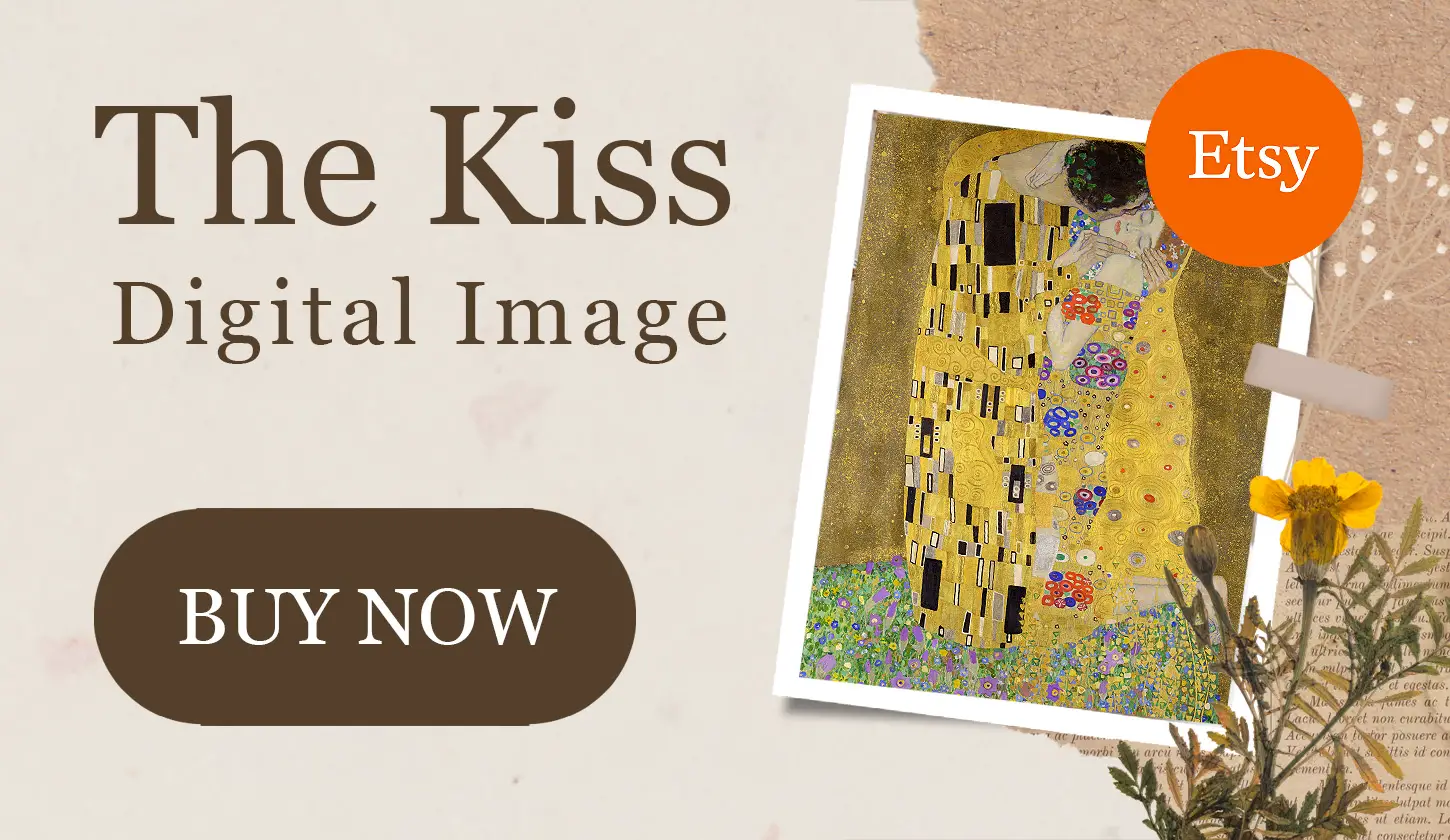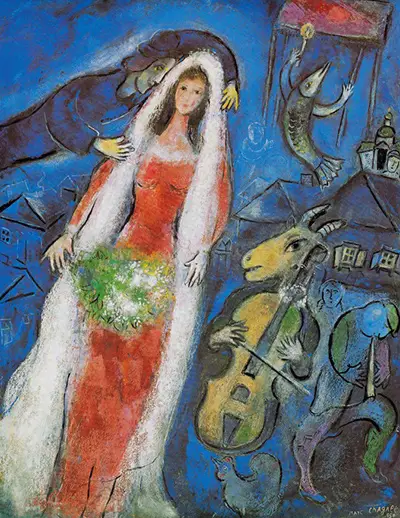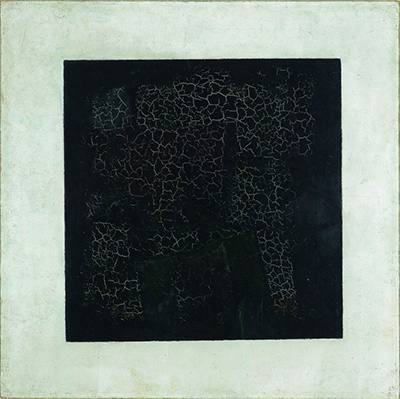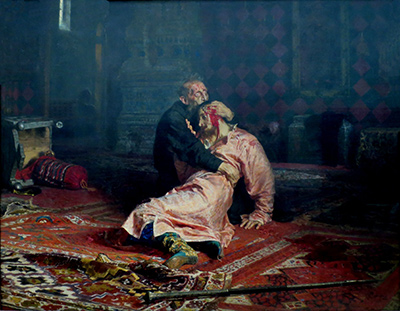Politics, religion and art have always been closely aligned with Russia, and previously the Soviet Union. Ruling powers, at times, have dictated the style of art that should be taught and encouraged, but despite that, much creativity has also prospered in this huge region.
In the late 17th century it was Tsar Peter the Great who requested all Russian artists to follow styles closer to western art, as part of a desire to merge the two cultures together. You will find from the movements that appeared in the following centuries that this attempt was successful, but there were still many who prefered to continue to retain the uniqueness of their nation within their own work and avoid merely copying foreign artists. Previously to the Tsar's request, most local work had been religious-themed, such was the dominance of prevolence of these themes within Russian society at the time. The Wanderers (Peredvizhniki) marked the beginning of the movement away from the academic and Neoclassical art which had previously been encouraged by the ruling powers. That group included the likes of Ivan Shishkin and Ilya Repin who would use their methods associated with realism to depict local scenes around Russia itself. It was clear at this point that self-expression was returning and that the future looked much brighter for this region's oeuvre.
As we entered the 20th century, there was then an incredibly turbulent period within Russian history which featured massive political unstability including the violent Russian Revolution of 1917 where Russian Imperial Rule was overthrown by the bolsheviks, led by Vladimir Lenin who then set about forming the Soviet Union and ruling via the Communist Party. These events appeared to force Russian art into a new direction, giving us a loose collection of new ideas which is collectively known as the Russian Avant-Garde. They were broadly in line with modernist ideals around the world at that time, but, as you will see, contributed some groundbreaking innovations despite their own restricted circumstances of that time. That is then where Wassily Kandinsky comes into play as well as the likes of Marc Chagall, himself from the region of modern day Belarus.
There was then a collection of artists who formed the Russian strand of the Futurist movement, which itself had enveloped large parts of western Europe already. Alexander Rodchenko and Natalia Goncharova were the key names involved within this, with some resemblance to elements of cubism. From this came Constructivism which was a successful offshoot, as new ideas continued to rise from the turmoil of this great nation. Suprematism was another related movement which starred Kazimir Malevich and involved taking abstraction to as simple a form as one could possibly imagine. He would famously produce white squares on white backgrounds and single squares and circles as the main composition element in a movement towards the purest form of modern art.
Russian Art Galleries & Museums
Propaganda artFamous Russian Artists
International Artists
Those who have a varied interest in art will no doubt look beyond the great Soviet artists featured here and be interested to see these other collections of French artists, Italian artists and British artists. Many of the movements mentioned in this page were also found elsewhere across the continent, some of which even begun there in the first place. You may also like the most famous German artists too, some of whom had roots initially in Russia themselves. Those resources cover a huge numbers of significant painters, though some still remain from other territories, with many styles now being considered entirely global. In order to account for the lack of women featured in centuries past, we have also compiled this list of female artists here. There are also still plans to add in further nations over time across Europe, as well as covering other continents eventually as well.



 Musorgsky Ilya Repin.jpg)





